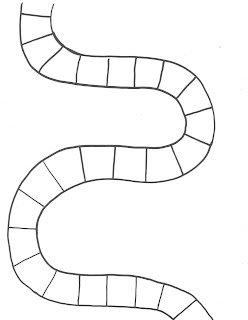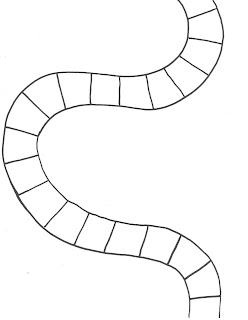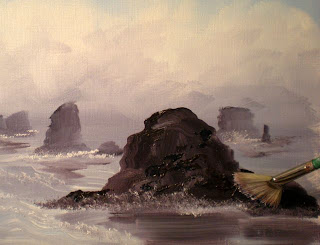
Add the spray and the foam at the tips of the waves and the base of the rocks. Remember the spray in the background will be dull and misty. Save the bright white for the foreground.
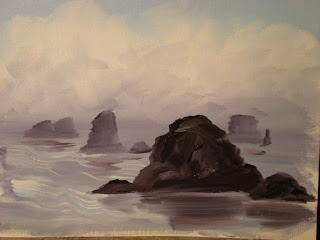
Oops! I forgot to photograph a step! The atmospheric perspective is very important. Mix the dark brown in to the gray a little at a time. The rocks in the background will be lighter and smaller. They will almost disappear into the horizon. The rocks get darker and browner as the come forward until they are a pure, dark brown. They will also have thicker paint up close. The reflections are much easier than they look. Just a few smooth strokes back and forth.
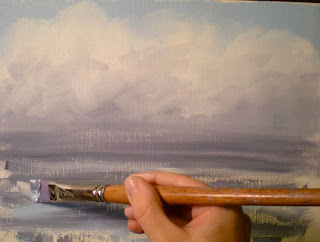
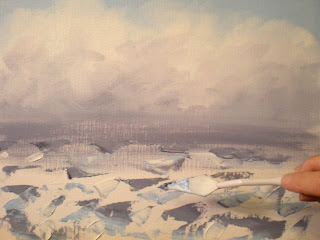
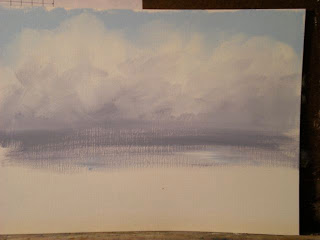
Paint the blue sky at the top, the white clouds, and blend gray into the white as it get darker towards the horizon line.
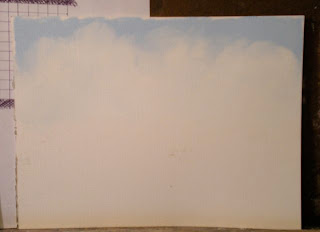
I used water soluble oils for this, but acrylic would work too. I used white, light blue, brown, and gray. Ideally, the brown and gray will be mixed from the same blue as the sky.
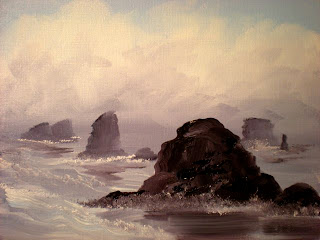
This is what I came up with for yesterday's project. I feel like Bob Ross! All my students are children except one. Out of the blue a lady called and asked if I would teach her mom to paint. Her mom has Parkinson's and she said that it is important for her to keep using her hands. I don't know much about this yet, but almost all my life I've been passionate about the idea of using art as therapy. Both physical and otherwise. I'm not at all confident in my ability as a painting instructor, but I've found some projects that these ladies really enjoy!




















